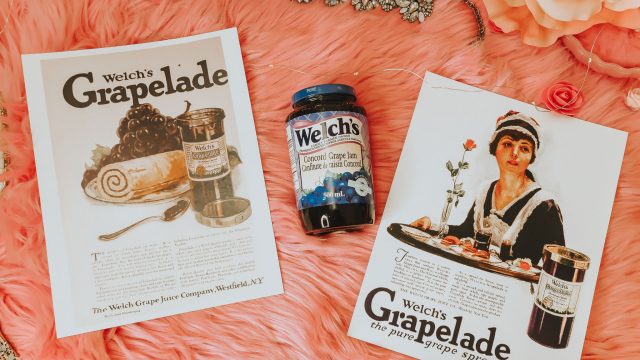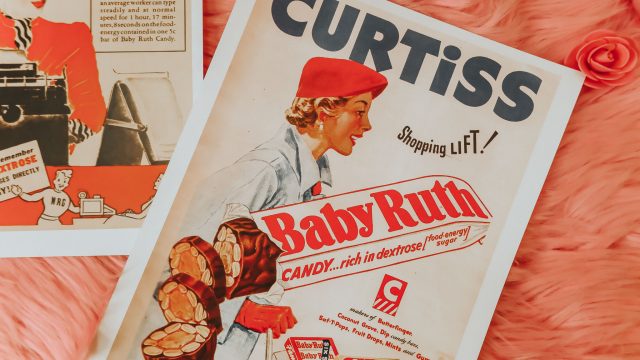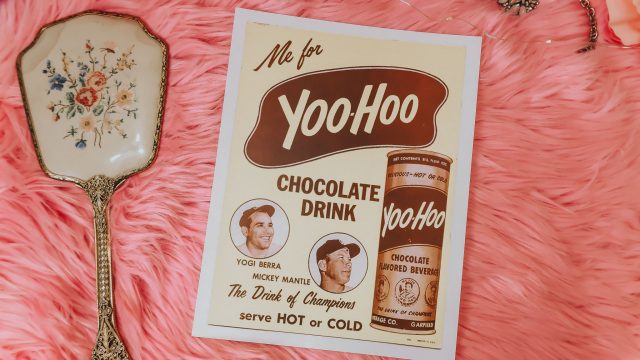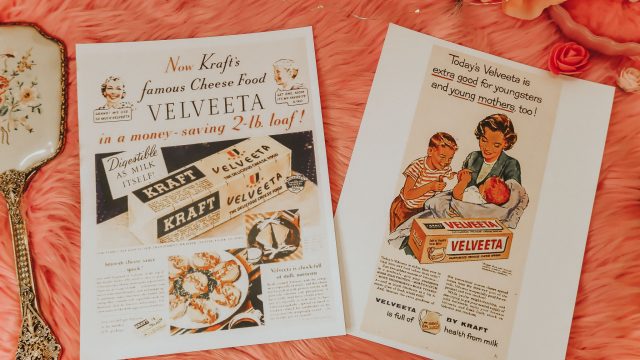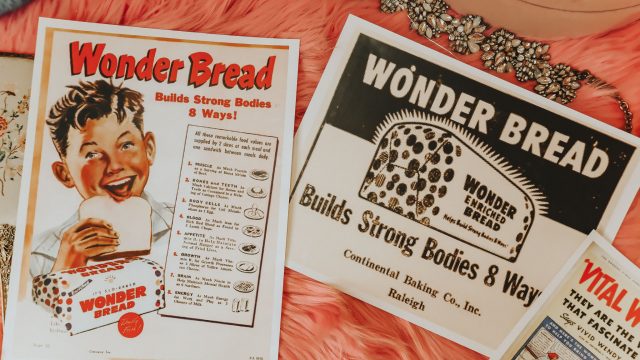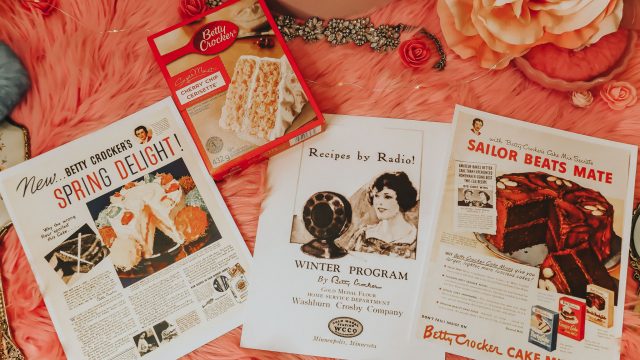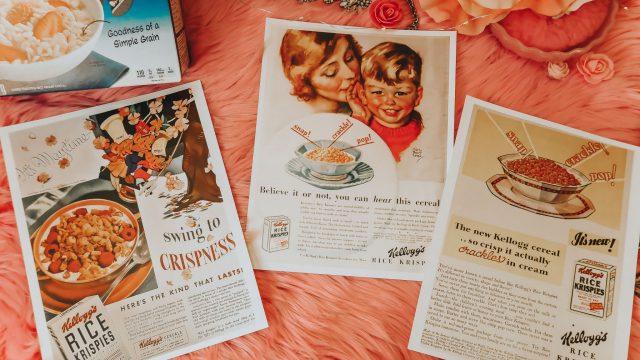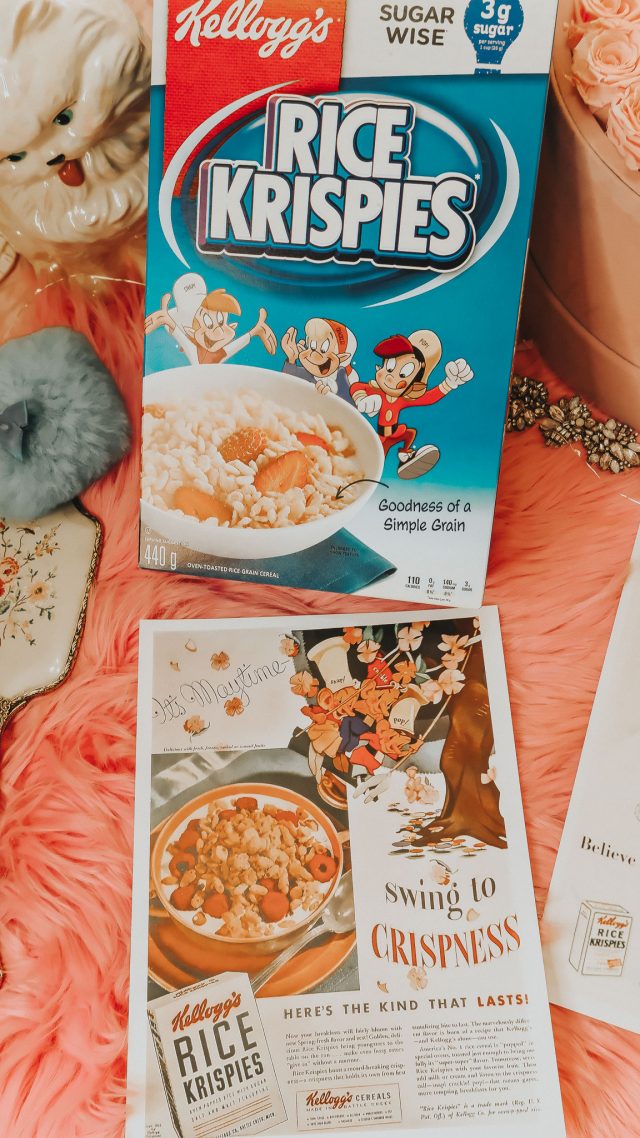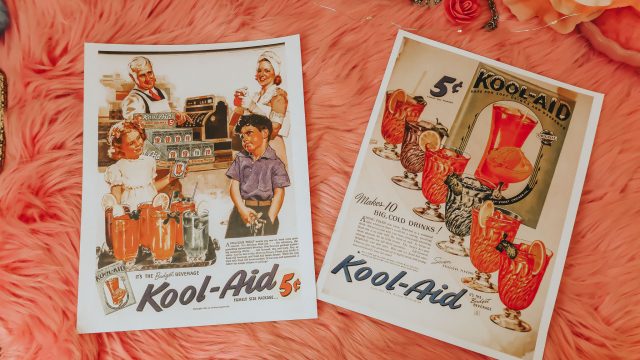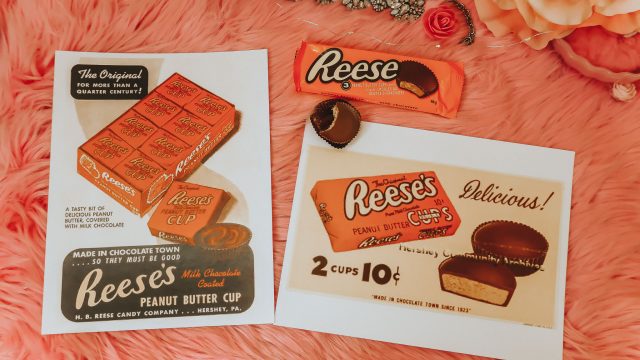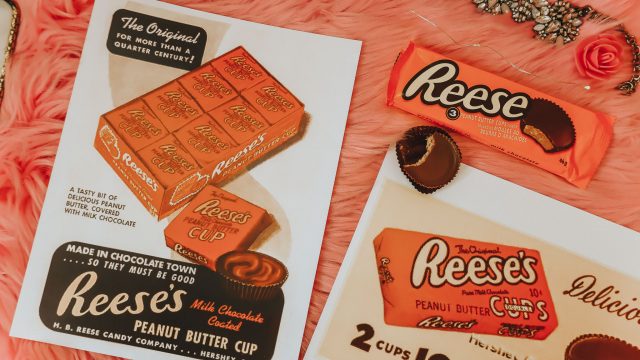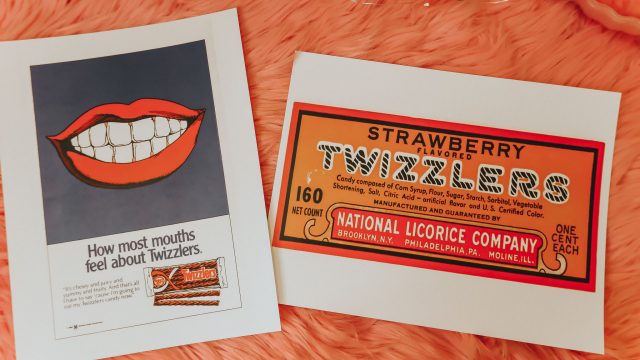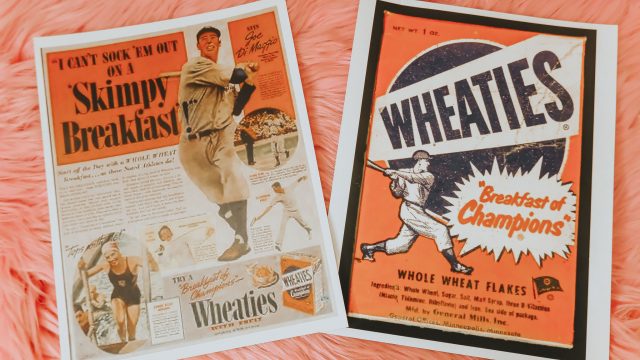Popular 1920s Foods you can still buy today
Baby Ruth
Baby Ruth is an American candy bar made of peanuts, caramel, and milk chocolate-flavoured nougat, covered in compound chocolate.
In 1920, the Curtiss Candy Company refashioned its Kandy Kake into the Baby Ruth, and it became the best-selling confection in the five-cent confectionery category by the late 1920s. The bar was a staple of the Chicago-based company for more than six decades.
Oh Henry
The manufacturer Nestlé says that the bar was introduced by George Williamson and his Williamson Candy Company of Chicago in 1920 in the United States. There are other alternate accounts of the origin of the name of the bar. The story supported by Nestlé is that there was a boy named Henry who frequented George Williamson’s second candy shop. He became a favourite of the young girls who worked there, who would say “Oh Henry” when speaking to or about him, and Williamson used this phrase to name his new confection.
Wonder Bread
Wonder Bread originated in the United States in 1921 and was first to be sold pre-sliced nationwide in 1930. This led to the famous phrase “the greatest thing since sliced bread.” The Taggart Baking Company of Indianapolis, Indiana, began producing Wonder Bread for a debut on May 21, 1921, following a blind promotion with ads that only stated a “Wonder” was coming on that date.
Betty Crocker
Betty Crocker is a brand and fictional character used in advertising campaigns for food and recipes. The Washburn-Crosby Company created the name in 1921 following a contest in the Saturday Evening Post. Betty Crocker was developed in 1920 as a way to give a personalized response to consumer product questions. The name Betty was selected because it was viewed as a cheery, all-American name. It was paired with Crocker’s last name, in honour of William Crocker, a Washburn Crosby Company director. The character’s image has been updated seven times since her creation, reflecting changes in fashions and hairstyles.
Described as an American cultural icon, Betty Crocker’s image has endured several generations, adapting to changing social, political and economic currents. Apart from advertising campaigns in printed, broadcast and digital media, she received several cultural references in film, literature, music and comics.
Welch’s grape jelly,
Welch’s developed its first jam product—Grapelade in 1918. The United States Army purchased the entire first production run, and soldiers returned to civilian life as loyal customers. Welch’s did not introduce Concord Grape Jelly until 1923.
Popsicles,
In 1905, eleven-year-old Frank Epperson left a cup filled with powdered soda, water, and a stirring stick on his San Francisco porch. That night, low temperatures caused the mixture to freeze — and a summertime staple was born. In 1923 Epperson debuts his “Epsicle” at an Alameda, California, park. His children, who call the creation Pop’ssicle, persuade him to change the name.
Reese’s Peanut Butter Cups
They were created on November 15, 1928, by H. B. Reese, a former dairy farmer and shipping foreman for Milton S. Hershey. Reese left his job with Hershey to start his own candy business. In 1923, The H.B. Reese Candy Company was established in the basement of Reese’s home in Hershey, Pennsylvania. Reese had initially worked at a Hershey dairy farm, and from the start, he used Hershey Chocolate in his confections. Reese’s Peanut Butter Cups were his most popular candy, and Reese eventually discontinued his other lines.
Yoo-Hoo chocolate drink
Yoo-hoo is an American brand of chocolate beverage that Natale Olivieri developed in Garfield, New Jersey, in 1928
Natale Olivieri started bottling carbonated fruit drinks in the mid-1920s. However, when he attempted to bottle a chocolate drink, he found that it would soon spoil. Observing his wife canning fruits and vegetables, he asked her to use the same heat processing techniques with his chocolate drink. He began bottling the pasteurized chocolate drink named Yoo-Hoo at 133 Farnham Avenue, Garfield, New Jersey, in 1928.
Wheaties
In 1921, wheels were created due to an accidental spill of a wheat bran mixture onto a hot stove by a Minnesota clinician working for the Washburn Crosby Company. By November 1924, after more than 36 attempts to strengthen the flakes to withstand packaging, creating the flakes had been perfected by the Washburn head miller, George Cormack, and the cereal named Washburn’s Gold Medal Whole Wheat Flakes. Soon after, the name was changed to Wheaties due to an employee contest won by Jane Bausman, the wife of a company export manager. Other words passed over included “Nutties” and “Gold Medal Wheat Flakes.”
Kool-Aid
Edwin Perkins invented Kool-Aid in Hastings, Nebraska. All of his experiments took place in his mother’s kitchen. Its predecessor was a liquid concentrate called Fruit Smack. To reduce shipping costs, in 1927, Perkins discovered a way to remove the liquid from Fruit Smack, leaving only a powder; this powder was named Kool-Aid. Perkins moved his production to Chicago in 1931, and Kool-Aid was sold to General Foods in 1953. Hastings still celebrates a yearly summer festival called Kool-Aid Days on the second weekend in August to honour their city’s claim to fame. Kool-Aid is known as Nebraska’s official soft drink.
Rice Krispies
It is a breakfast cereal marketed by Kellogg’s in 1927 and released to the public in 1928. Rice Krispies are made of crisped rice (rice and sugar paste formed into rice shapes or “berries,” cooked, dried and toasted) and expand, including very thin and hollowed out walls that are crunchy and crisp. When milk is added to the cereal, the walls tend to collapse, creating the “Snap, crackle and pop” sounds.
Velveeta cheese
Velveeta is a brand name for a processed cheese product that tastes like American cheese, with a softer and smoother texture than non-processed cheese. When melted, Velveeta keeps a fully integrated and evenly clump-free liquid texture. It was invented in 1918 by Emil Frey of the Monroe Cheese Company in Monroe, New York. In 1923, The Velveeta Cheese Company was incorporated as a separate company and sold to Kraft Foods in 1927.
Twizzlers
Twizzlers is the product of Y&S Candies, Inc., of Lancaster, Pennsylvania. Twizzlers were first produced in 1929 by Young and Smylie, as the company was then called. The company was founded in 1845, making it one of the oldest confectionery firms in the United States.


